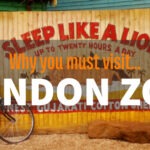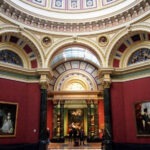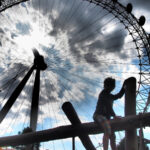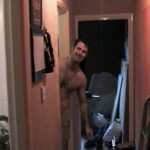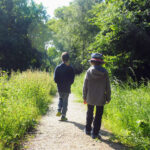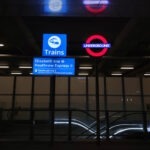London is full of educational things to do for kids, and adults. In this post we’ll share some of our best ideas, places, and tips. Our site is well known for “worldschooling“, or “world schooling” a process of finding education from the world. I’ve written several books on this topic and it’s one of my favourite subjects to cover. London is basically my “home town” and my kids were born there. We lived in Twickenham and Richmond, so lets get into it!
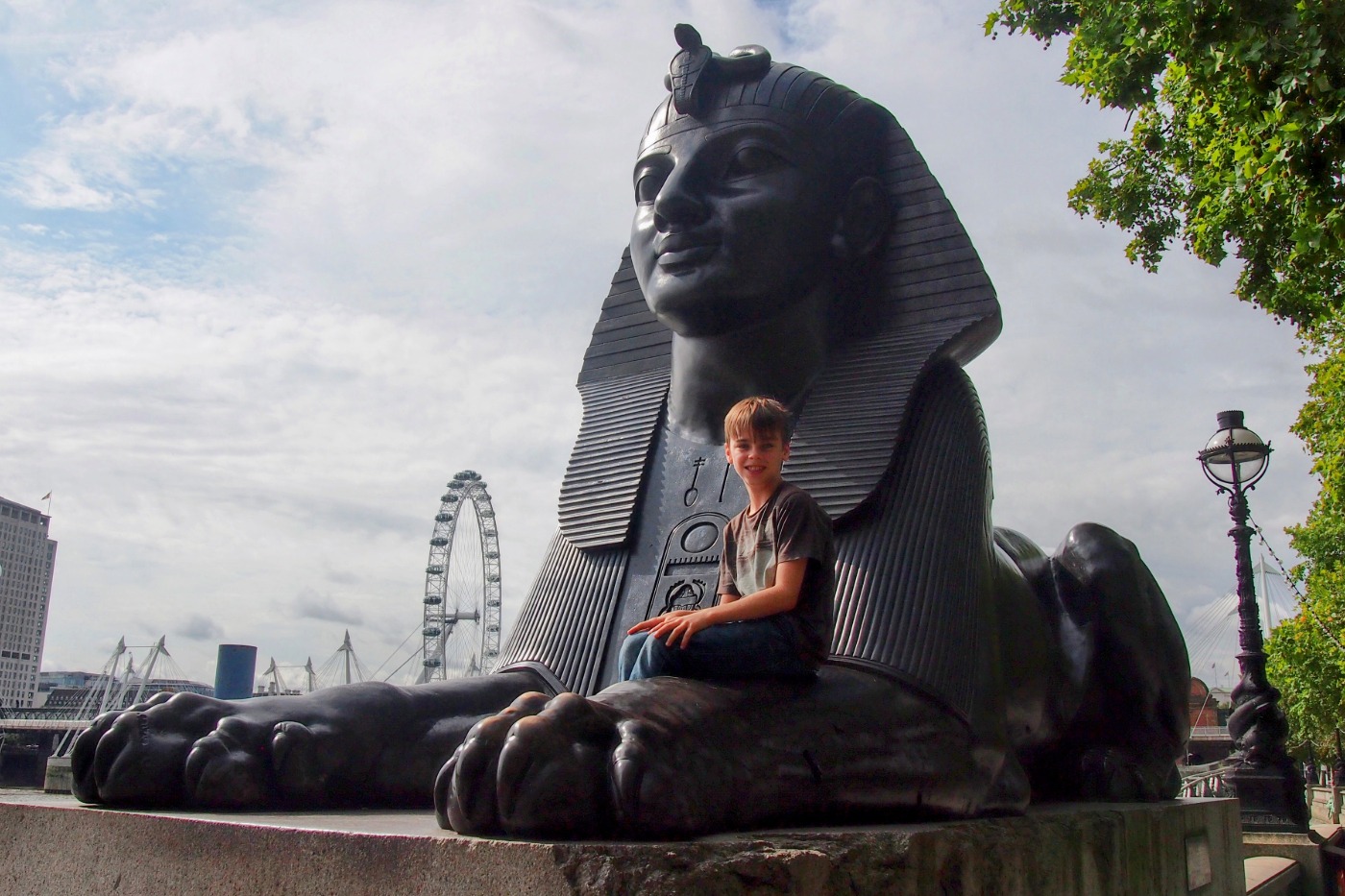
This is likely to be a very long post, you will need our index, above. There is plenty for adults to learn in London too, of course. We also have a general post on How To Make Travel Educational – that might be useful too.
If you only have a short time in London, book a tour. These Toot bus tours are aimed at kids. For older kids a regular bus tour is perfect, you will learn and see a lot. Book one here.
Educational Things To Do in London (For Kids and Adults)
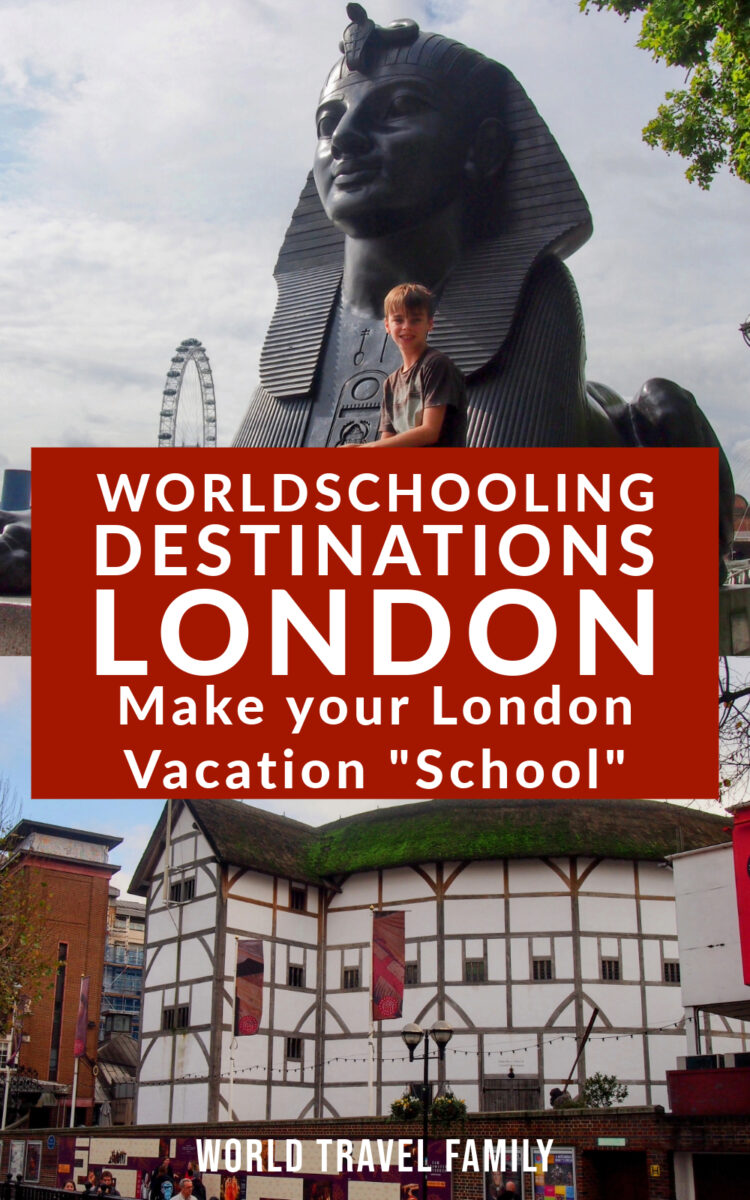
1. London’s Museums
I can’t write a full guide to all of the museums in London here, I’ve already done that elsewhere on this site. The links are below. But here is a quick overview.
In Kensington, you will find the “Big Three” museums, The Natural History Museum, The London Science Museum and The Victoria and Albert. You will need South Kensington Tube Station for these three
The other huge museum in London is The British Museum. That one is in Bloomsbury, further north. You’ll need Holborn, Tottenham Court Rd, Russel Square or Goodge Street tube stations for this one.
All of these museums should take you a full half day, or longer, to expore.
The Natural History Museum covers the animal and plant kingdom (including dinosaurs) and the natural world of geology and plate tectonics. There is a cool earthquake reconstruction from a Japanese earthquake and coverage of tsunamis.
The Science Museum (next door) covers history (Stephenson’s Rocket was there last time we visited), and modern science, alongside scientific principles. They have hands-on science education/play for very young kids, and for older kids and parents.
The V&A (over the road from The Science Museum, features the arts. My kids always enjoyed their collection of costumes from stage shows (The Lion King) and famous actors and musicians.)
The British Museum is possibly my favourite as a lover of travel, history, and people. It houses artefacts from all over the world, ancient and modern, showcasing man’s achievements. Look out for The Rosetta Stone (the blueprint for deciphering hieroglyphs from the Greek) and the remains of the Tomb of Mausolus (the Mausoleum, one of the Seven Wonders of the World). There are also Egyptian mummies in abundance. The Standard of Ur is here, plus large sections on British ancient civilizations.
So if you come to London and only visit those museums – you can learn just about anything! Most museums have changing special exhibitions, you tend to have to pay for these. It’s worth checking the museums’ websites to see what’s on, but these are “extras” the museums themselves are enough. They’re normally free.
Kids audio guides are a very good idea, we’ve used these at The British Museum and at some art galleries in London. Don’t skip the art galleries – also mostly free.
If you’re reading this and wondering what the heck is the Standard of Ur and who was Mausolus – that’s your cue to look it up! Or read up on them at the museum. There are YouTube videos on all these things too. Cuneiform, is a good thing to know about! It was thought to be the first written language, but they’ve just found one that may be older, in India, from the Indus Valley Civilisation. Wouldn’t it be great to go there!
I find all of this stuff really exciting and I try to get that excitement to rub off on the kids. That’s the trick, get them interested. By the way, I did not take history in school, I was all about science. All of my history knowledge is self-taught.
Here’s a Khan Academy lesson on The Standard of Ur. It’s free. If you like you can take a whole course on Khan Academy, for free, I took their art history course once upon a time. Here is a John Greene Crash Course World History (our favourite) video on Mesopotamia and The Sumerians. Watch his whole series, it’s awesome! Your kids (and you) also need to get this song stuck in their brains. This is how we roll educationally. Find something cool, and dig into it! It’s not about worksheets or traditional lessons, we just follow the interest. And all this from just one cool thing at The British Museum. Also – read our post about The 7 Wonders, it’s one of my favourite subjects!
There are LOADS more museums in London and I’m not covering them all here. Hop over to our post on The Best Museums in London For Kids. For the general nitty gritty of taking kids to London you need our guide to London With Kids too. Could you share all and any to Pinterest please? It really helps us.
So do you see that in London you’re not just going to learn about London? OK, let’s move on.
2. Jack The Ripper
It’s a big jump from museums to Jack the Ripper, but I was asked to cover this, so here goes. There is, or was, a section of The London Dungeons that was dedicated to Jack The Ripper, that could be a good starting point. The London Dungeons is an entertainment/horror attraction that covers such things along with torture implements and all things gruesome. Get your tickets here, I’ve found that booking online is often cheaper than turning up on the door.
You can also book a Jack The Ripper tour in London. If you have a keen interest, book this through our link. (We’ve also taken Harry Potter tours, I’d consider these just as educational!)
There is also a Jack The Ripper Museum in London, go there! It’s on Cable Street, Aldgate, the nearest tube stations would be Aldgate East and Tower Hill. It’s near Tower Bridge and The Tower of London (a UNESCO World Heritage Site). So maybe combine those things in one day. You can easily spend a full day at The Tower.
In a nutshell, Jack The Ripper was murdering people in the East End of London in 1888. The crimes remain a mystery today and “Jack” was never identified. 1888 was The Victorian Era, Queen Victoria was on the throne from 1837 to 1901. If you want to learn more about Victoria, the Victoria Memorial is right outside Buckingham Palace at the end of The Mall. The Albert Memorial is in Kensington Gardens (which surrounds Kensington Palace, Will and Kate’s house.). The Royal Albert Hall is right there too.
You can buy a book a (somewhat – read the reviews) kid-friendly book on Jack the Ripper if your kids really want to dig into this topic.
It also may be in the Lonely Planet Kids Guide to London. We own this book, I’m trying to find it to check.
If you want to learn more about the Victorian era, there is a great section on the basics in The Ladybird Book of British History. (We also own this book, I fact checked everything in this post using this very simple kids book.)
Are you seeing how one topic flows into learning about something else? This is why it’s so hard to write these posts.
3. Sherlock Holmes
I was also asked to write a section on how to learn about Sherlock Holmes in London, so here it is. Your first step would be to read the books, obviously. I have to admit I’ve never read them, not my cup of tea. But I have seen some of the movies. If you want a kid-friendly book on or about Sherlock, get that here.
Old Sherlock was another Victorian gent, fictional, of course, created by Sir Arthur Ignacius Conan Doyle. (1859-1930). Sherlock came to life in 1887, the year before Jack the Ripper was doing his worst. Sir Arthur was a physician, the same as the fictional Doctor Watson, Holmes’s sidekick.
Sherlock lived at 221b Baker Street. This street is very real, you need Baker Street Station (near Tussauds, Regent’s Park, London Zoo is walkable from here, Harley St. where I used to work, is nearby, as is Oxford Street, for shopping). I got off the tube at Baker Street station and trudged to work for far too long!
On Baker Street there is a Sherlock Holmes Museum and there are Sherlock Holmes tours of London. There will be gentlemen in period dress on Baker Street.
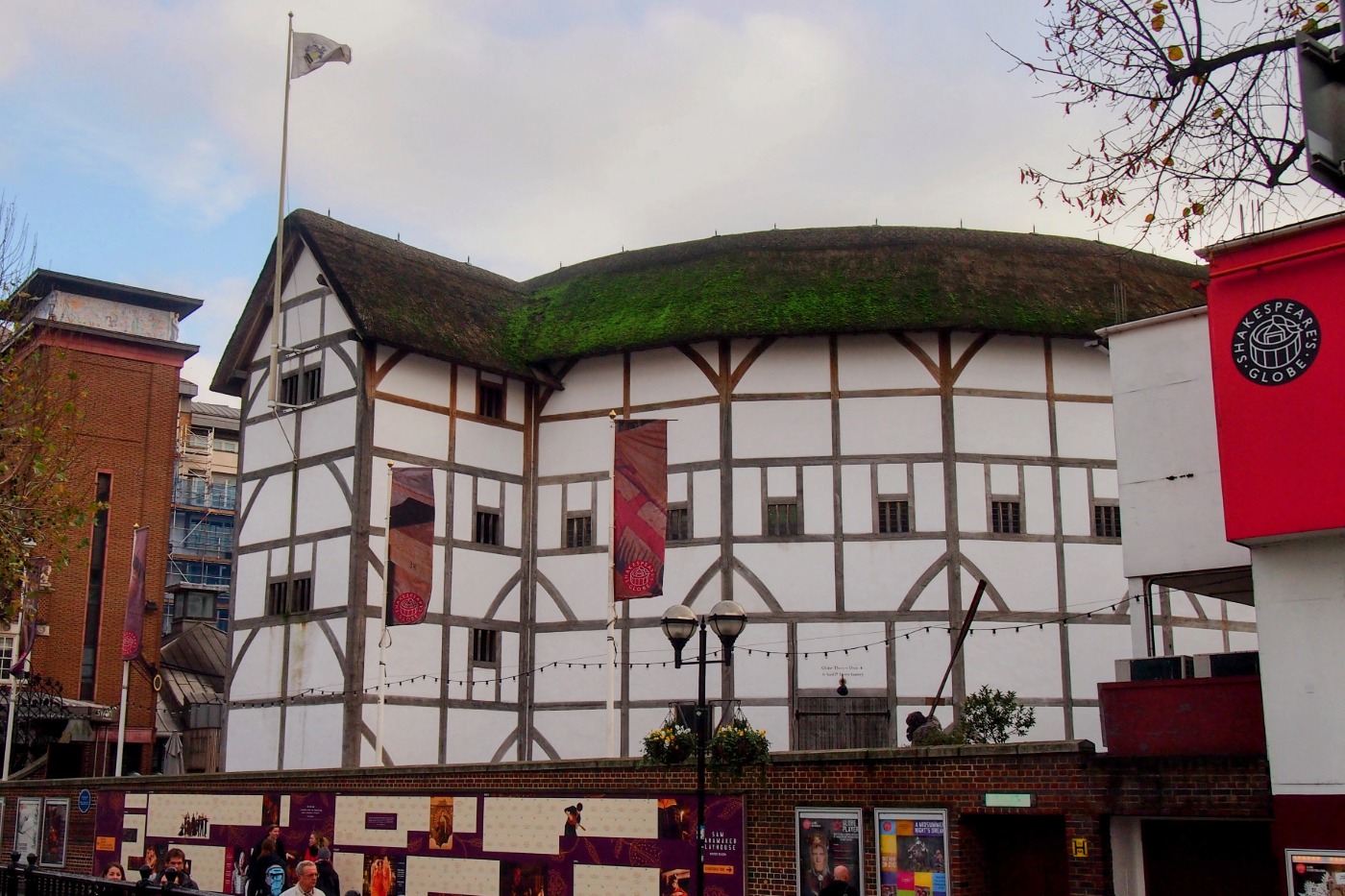
I’ve never seen Sherlock Holmes taught in schools in the UK, nor on an exam paper. We tend to study Dickens and Shakespeare, they are two more dudes to learn about in London! A pub still stands today on Fleet Street, that served as a drinking hole for Charles Dickens. You must see it! Shakespeare’s Globe Theatre (a reconstruction) stands on The South Bank (of the Thames), you can take a tour or see a play there.
3. The Great Fire of London and The Plague
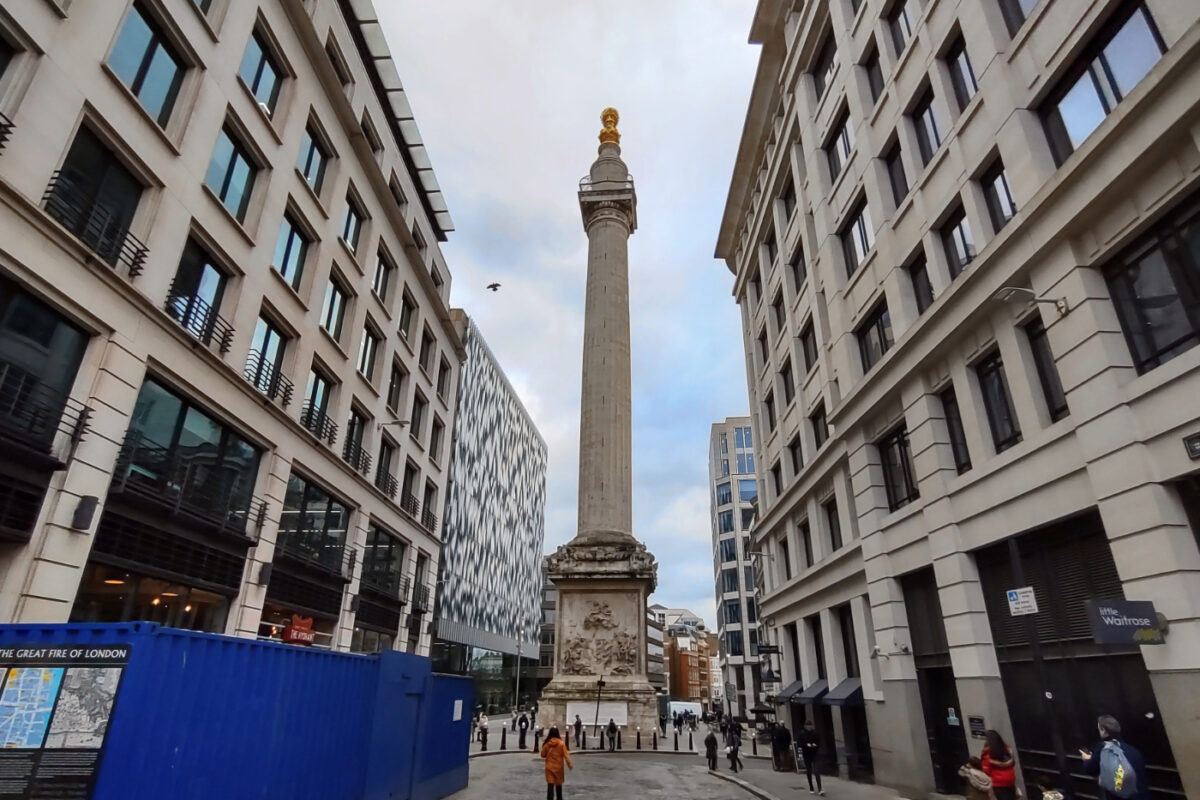
In the hot summer of 1665 a terrible plague hit London. Narrow streets and filthy conditions allowed the plague-carrying rats to proliferate and the plague killed many.
By the way, this is not The Black Death, that began in 1348, The Middle Ages. Both were bubonic plague outbreaks. It is treatable with antibiotics today, but it still occurs.
The next year 1666 a fire broke out in a baker’s shop on Pudding Lane. The fire burned London’s old wooden houses for five days. Old London was gone.
There is a memorial to the starting place of the fire, it’s called “The Monument” and it’s a very tall tower with a winding staircase inside. The structure is a doric column.
You might want to take a minute to learn the difference between Doric, Corinthian and Ionian Columns. Then there are Papyriform colums from Egypt. You’ll see plenty of examples of classical columns in London. St Paul’s Cathedral features Corinthian Columns around the dome. The British Museum should have examples of each.
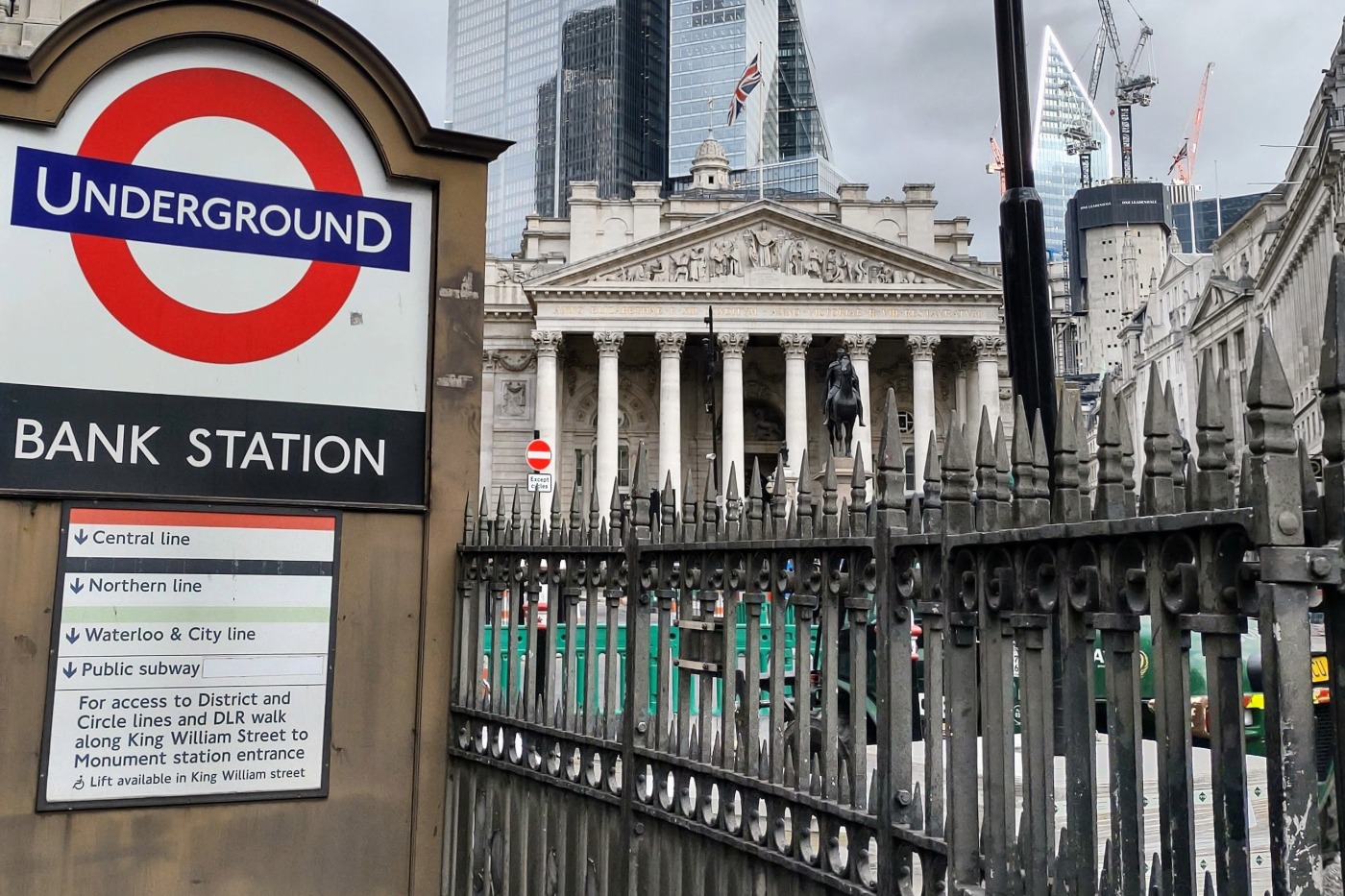
While you’re at St Paul’s, learn about Sir Christopher Wren (1632 to 1723), he also had a hand in designing The Monument. He was heavily involved in reconstructing London’s fine buildings in the years after the fire. This was in the 1670s, the era of Versailles (1661), leading up to The French Revolution (1787- 1789) and The American Revolutionary War (1775-1773). If you’ve watched the TV series Outlander (not suitable for kids!) You’ll know how all these dates intersect. But then we’re getting into Scottish history and a bit of convenient time travel too!
There is a staircase inside St Paul’s that was used in the Harry Potter movies, by the way. Gringott’s Bank (Australia House) is nearby too. There are loads of Harry Potter filming locations in London, search our site for “Harry Potter.”
You’ll want Monument or Bank tube stations to see The Monument. The Bank of England Museum is near here too. It’s in our guide to London Museums.
The last time I visited The London Dungeons there was a section dedicated to the plague and Great Fire.
The Ladybird Book of British History has short sections on all these goings-on during The Stuart and Georgian eras.
4. Roman London
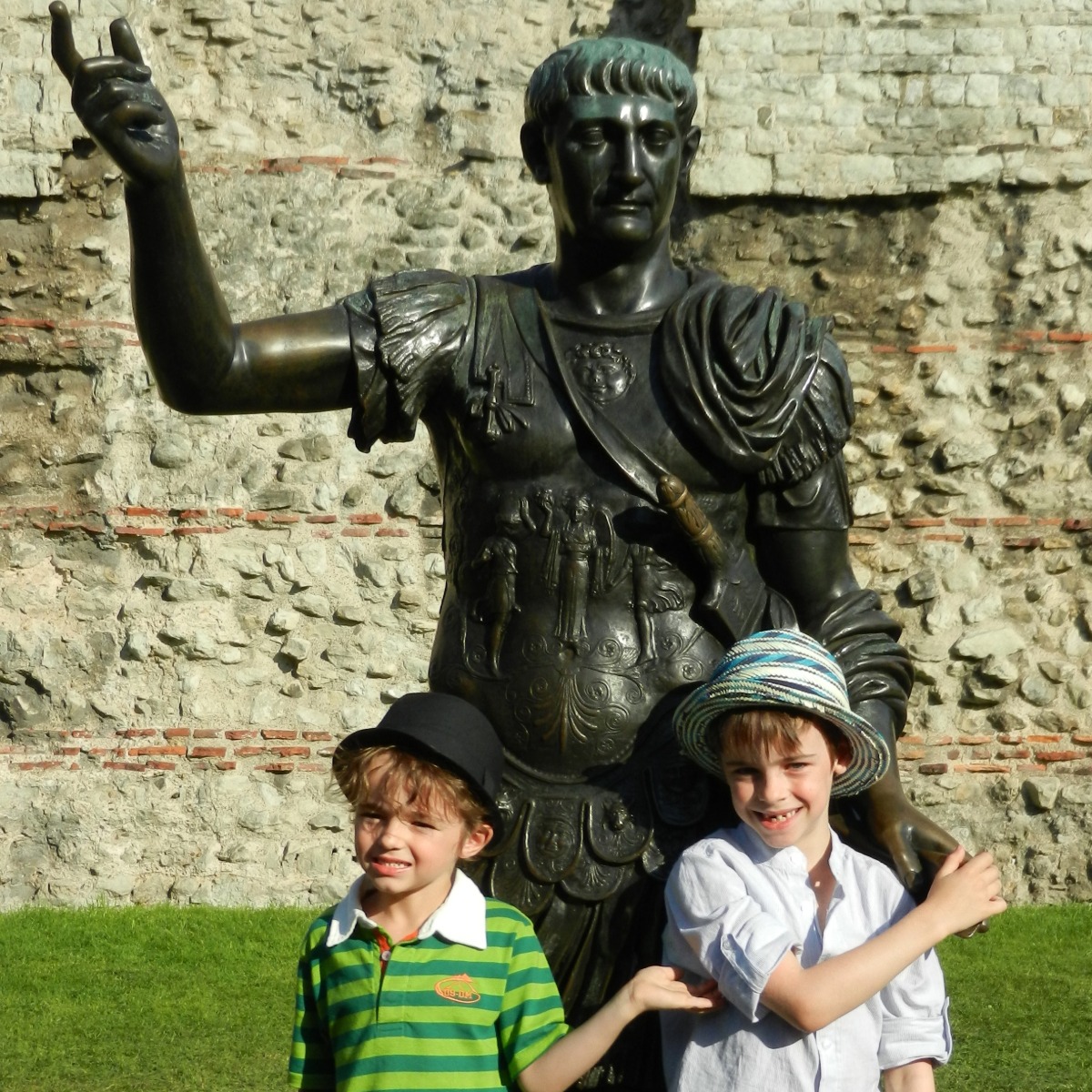
The old Roman walls of London can be seen today near The Tower of London. The Romans first attacked in 55 BC, Julius Caesar was in that party. 97 years later the Romans returned and Britain became part of The Roman Empire. Boudicca’s revolt was in AD 60, there is a monument to Boudicca (AKA Boadicea) on the banks of the Thames at Victoria Embankment/ Westminster Station. The Romans ruled Britain for over 350 years until the Roman Empire began to fall.
Learn a bit more about the Romans. Maybe take a day trip to see more Roman ruins, the baths at Bath or the amphitheatre in Caerleon, Wales.
One key thing to learn in London is that you are in England, and in the United Kingdom of Great Britain and Northern Ireland (The UK). Wales and Scotland, while parts of the UK, are not “In England”. They are separate countries. The UK is a country made up of separate countries. Too many people don’t know this!
5. The City of London
The “City of London” is also known as The Square Mile and it is a part of London within London. On its borders you will see dragon figures on plinths, they face out, so the face side looks out of the City, their rears face inwards.
I can’t think of a better way to explore than to take this self-guided City of London tour / escape room type activity. You’ll discover the hidden gems of The City of London, and it’s fascinating.
Find the silver dragons and learn a bit more about coats of arms. St George and St Paul are the patron saints of England and of London, both are represented in the dragons. Find out how. While you’re considering the St. George’s cross, find out why the British flag is the way it is.
6. Learn About British Food and Produce
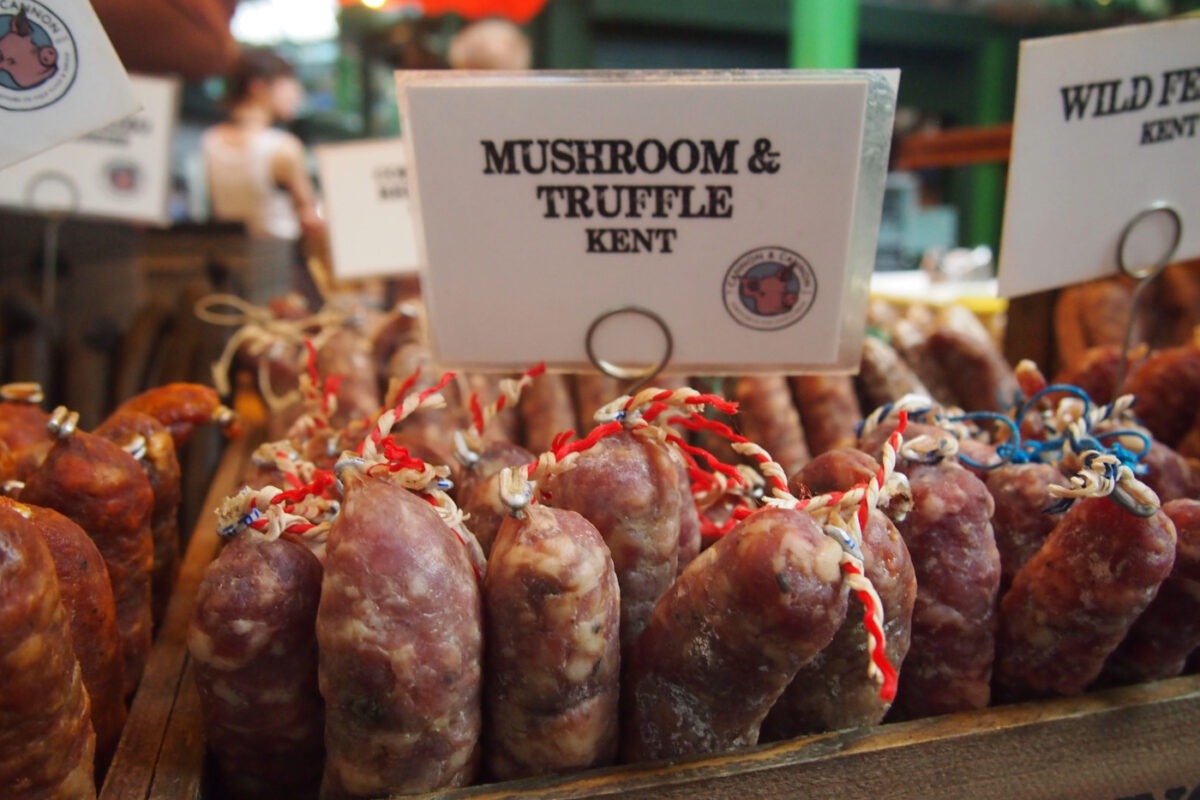
British food is not bad, far from it. Whoever started that rumour was very wrong. Go to Borough Market to see British produce and food products at their best. We love Borough Market, read our post about it. How to Get to Borough Market is here, a post about Borough Market and its food is here.
You could take a cooking class in London or book a high tea at a tea room of fancy hotel. I can’t afford tea at The Ritz, but if it’s on your bucket list, do it! There is also the afternoon tea bus tour, this is one I’ve wanted to try for a while!
Look at what we grow and produce in the UK. Our cold water fish is very different to tropical fish. We have wild salmon, blue mussels, cod and hand-dived scallops. We are famous for growing apples (think scrumpy, cider) and excellent tomatoes. Think about our climate and how that affects the foods we grow.
Of course, we are famous for the British “cooked dinner” or “Sunday roast”. Find a good pub or restaurant and have a fantastic roast beef, Yorkshire pudding, gravy, horseradish sauce, roast potatoes and veg dinner. We recommend a good pub in Richmond in this post, but there are plenty.
7. Guy Fawkes and The Gunpowder Plot
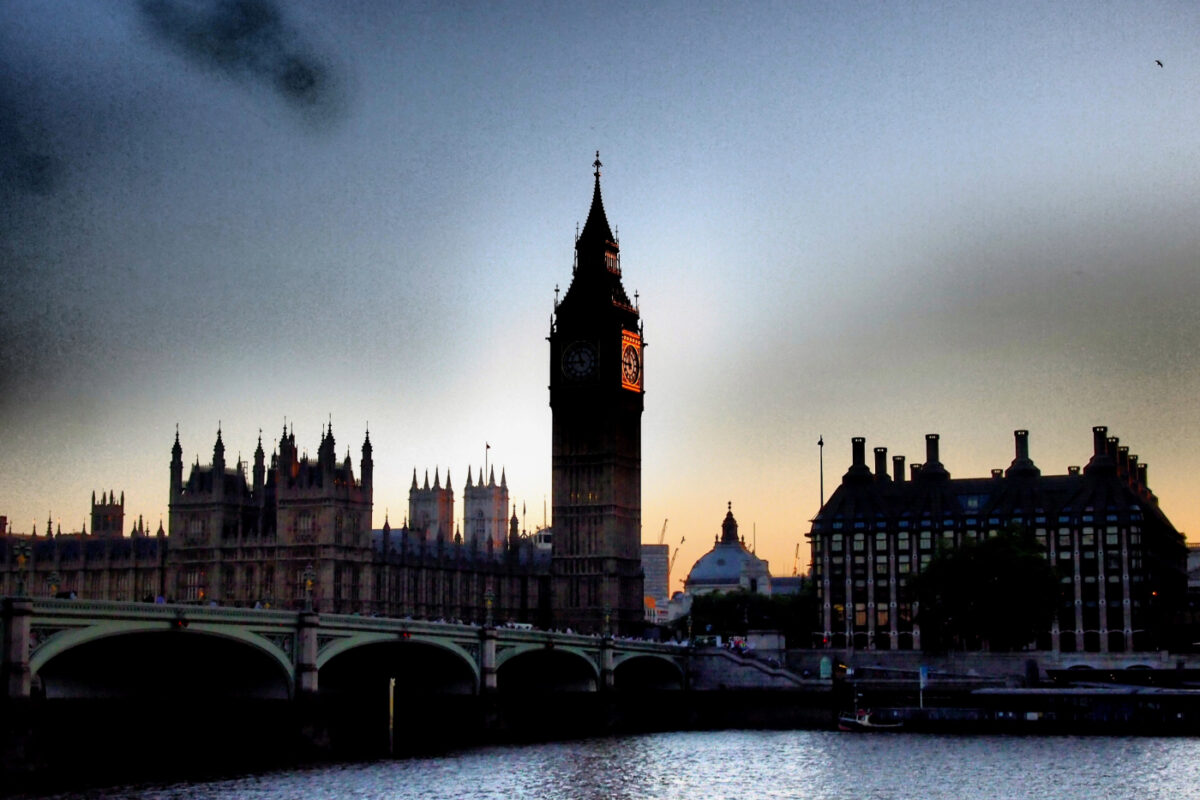
The rhyme below (that as kids, we all memorised) tells the story.
Guy (a Roman Catholic) and his mates weren’t too happy with King James I of England, James VI of Scotland, (a protestant – The King James Bible was his work.)
If you don’t know Roman numerals, now is a good time to learn. One of D’s teachers didn’t know Roman numerals and it was embarassing for her trying to teach history. This is a chart for kids learning Roman numerals, with an added bonus! That’s how easy it is to incorporate some maths into world schooling. Just slide it in! Do your kids know the differences between Catholic and Protestant faiths? Chat about that too.
In 1605 he tried to blow up the Houses of Parliament. He was arrested in a cellar under the House of Lords. (Do you know about The House of Lords vs The House of Commons?). He got himself tortured at The Tower of London and then hung drawn and quartered for his troubles.
You should probably take a tour of The Houses of Parliament to learn more, and of The Tower of London. Read more about Guido here. Again, a lot of this is in the Ladybird book I keep mentioning.
Remember, remember!
The fifth of November,
Gunpowder treason and plot;
I know of no reason
Why Gunpowder treason
Should ever be forgot!
Guy Fawkes and his companions
Did the scheme contrive,
To blow the King and Parliament
All up alive.
Threescore barrels, laid below,
To prove old England’s overthrow.
But by God’s providence, him they catch,
With a dark lantern, lighting a match!
A stick and a stake
For King James’s sake!
A rope, a rope, to hang the Pope,
A penn’orth of cheese to choke him,
A pint of beer to wash it down,
And a jolly good fire to burn him.
Holla, boys! Holla, boys! Make the bells ring!
Holla, boys! Holla boys! God save the King!
Hip, hip, hooray!
Want More Educational Guides?
Obviously, I could keep making this post longer and longer, there is no end to what you can learn in London. Are you seeing that just about any activity can be educational if you make it so? I’ll leave this one for now and I think I may create a detailed guide, a much longer project, maybe an e-book or a printable walking guide plus worksheets for little kids. It will take me a minute. If you’re on our mailing list you’ll get more guides like this straight to your inbox, plus more educational projects, as I complete them. Enjoy my home town! (and don’t forget to hit the share and like buttons, thanks!)
If you'd like to hire a car during your stay, use this car rental comparison tool to find the best deal!
We also suggest you take a look at this company to get a quote for all kinds of the more tricky adventure or extended travel insurance.
Try Stayz / VRBO for an alternative way to find rentals on homes/apartments/condos in any country!

